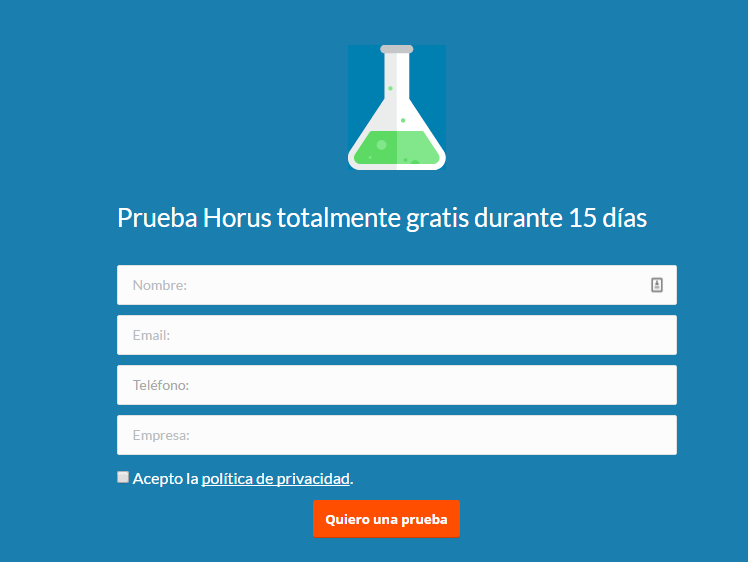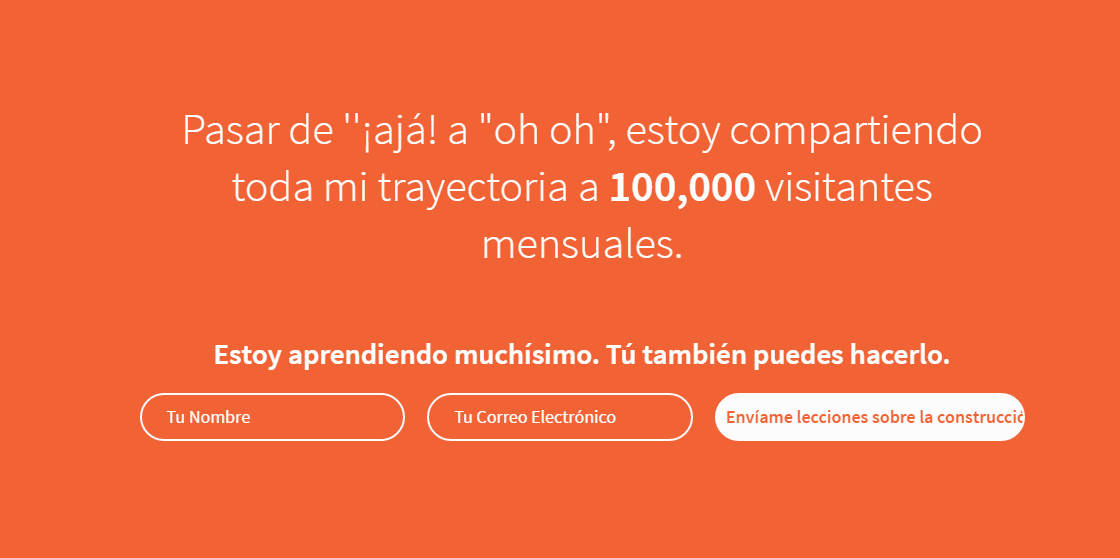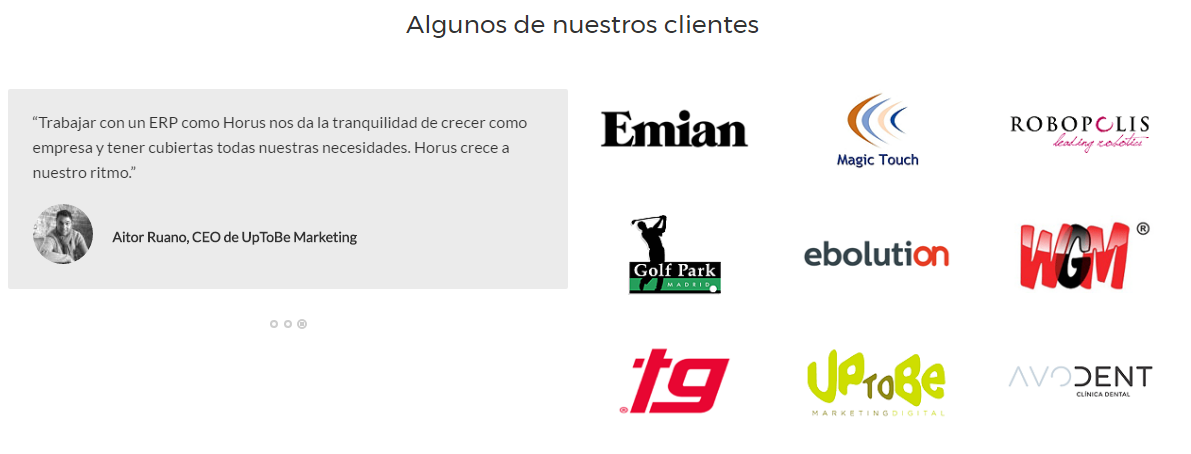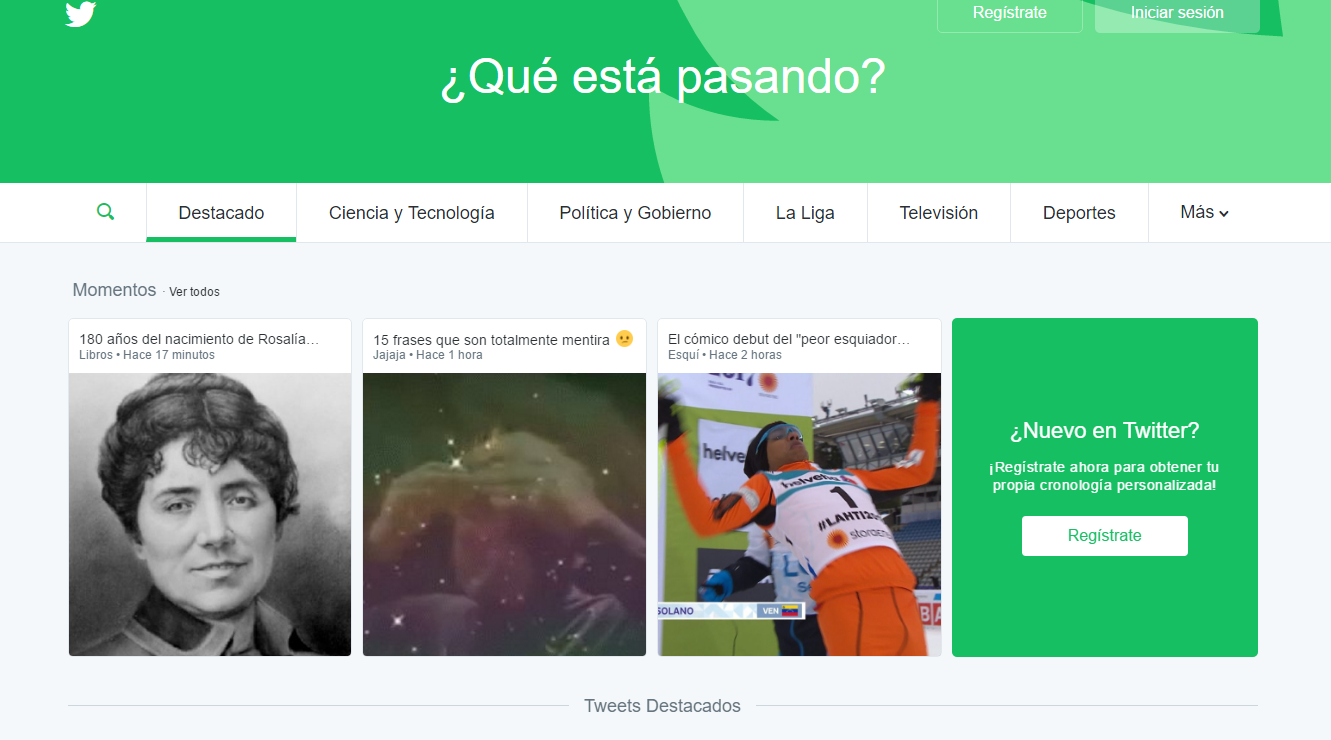Written by Maite Beltrán
Index
If you want a low cost Google Adwords campaign that will achieve a high number of conversions at the same time, you have to do a lot of things right:
First of all you have to have a well structured campaign with the right number of keywords to make it relevant to the searcher. You need to create “magnetic” ads and increase the CTR ( Click Through Ratio, abbreviated CTR), which is an indicator to measure the effectiveness of an online advertising campaign. Also, you need to bid the right amount of money to get the most out of the investment. And a lot of other things…
With this long list, the question always comes… Where do I start? Of all the possible directions you can take, let’s start with one of the key pieces of any Adwords campaign: your landing pages.
The relevance and quality of your landing pages affects what is known as Quality Score, which directly affects your cost per click (CPC). This is precisely why optimizing your landing pages can help you save money while improving your conversion rates.
In this article you will see six ways to lower your CPCs by optimizing your landing pages.
1. Make a landing page relevant to your keyword
If you know anything about Google Adwords, you’ll know that your quality score is one of the most important factors – if not the most important – by which you should optimize your campaign. Accounts that have quality levels 6 or higher typically see a 16-50% decrease in CPCs, while accounts with a quality level 4 or lower can see a 25-400% increase in their CPCs.
Part of the “equation” to obtain the level of quality comes out of your landing page. According to Adwords expert Brad Geddes: “You will rarely see a quality score higher than 3 if your landing page is not relevant.” But how do you make your landing page relevant? Well, “simple”, by connecting your landing pages with the purchase intent of your ads and their respective keywords.
The thing is that not all keywords have the same intention. The theory says that keywords are separated into three groups according to their intent:
- Keywords of information: searches performed to ask questions or learn something. E.g.: What is a book?
- Commercial research keywords: searches performed to find a product or service. E.g.: Which book is better, “X” or “Y”?
- Transactional keywords: searches made to buy something. Ex: Buy Adwords book
When doing a keyword search, it is common to segment keywords based on these three levels of intent. In this way, you can create tailored ads and landing pages and increase the quality level (and conversion rate) given the high relevance.
For example, a user may do a search for “best frying pans”, where the level of intent would be commercial research. With this keyword you could create a landing page where there would be an ebook about the types of pans and brands explaining why some are better than others, which ones last longer and even tips for maintenance.
This landing page should focus on teaching, not selling. Considering that it would meet the expectations of the search, the relevance and quality level would be higher, helping to decrease the CPC.
2. Write to your visitors
You can make a page relevant to a search, but if what you write is not interesting or “engaging”, people will leave your page.
By optimizing the text and writing, you will do your visitors a favor because they will understand the reason why they should subscribe or buy what you are offering them. They will remember you and most importantly: you will not lose money.
In order to optimize your copy or writing, remember: focus on your visitor. Use the vocabulary they use, talk about the things they care about. Give them something interesting and useful. The truth is, they don’t care what you have to sell them, they only care about their problems, so focus on that.
A very good way to achieve this is to make them feel something. Persuasion is an emotional process. To get people to do something for you, you must appeal to their emotions. And the best way to get to that point is to talk about a problem that affects them. This should be related to the four emotional pillars: sadness, anxiety, awe and anger. If you can get this, you will get their attention.
However, getting their attention is not the only thing you need. That is only part of it. After getting their attention, you need to create an interest in what you have to tell them and more importantly, get them to do what you want. That’s the other part and that’s where a lot of people start their work.
Make sure you do this because there is no point in trying to get people interested if you haven’t captured their attention first. How then do you get them interested in what you have to say and make them want to do the action you want? (How to download an ebook).
Many people use a formula called: The PAS (Problem, Agitation, Solution) formula:
- First, you highlight a problem of your visitors, something that makes them sad, anxious or angry. This will get your attention.
- Then you “stir up” the problem, which makes them more interested. Why does this problem make them sad, anxious or full of anger? Tell them a story and they will be interested in what you have to tell them.
- Finally, you show a solution to the problem, which they can achieve by doing what you ask them to do. This is the final goal of your page and can be achieved once you have completed the previous two steps.
This last part, should be a no-brainer for them: if they have a problem and see a solution in your offer, they will convert.
3. Focus on one thing only
If you expect a visitor to try to figure out what to do on your page, then you’re going about it the wrong way. People have trouble understanding what a page is for if you don’t explain it properly. You can’t expect to make a sale and also be followed on social media during the same visit.
Focus on one thing, one solution, one value proposition and one goal for each page. Most importantly, focus on what you want them to do. If you want them to buy from you, add a buy button, if you want them to call you, put a call button, etc.
4. Make your site reliable
Trust is a hard thing to earn. It often takes time to develop, considerable effort and a certain period of time to achieve and is a basic element in any type of transaction, both financial and non-financial. Trust, unlike content, cannot be simply written. It’s not something you do either, you have to be reliable for people to trust you. In order to make your landing pages reliable, there are several things you can do.
- First, start by sharing more about your company. Tell them who you are, who is behind the company, etc. Of course, you don’t have to explain your life story. Time is money and reduced attention, so keep it simple and clear. One or two paragraphs should be sufficient.
- Then add “proof”: awards received, testimonials from satisfied customers, reviews, safety certificates, media mentions, etc.
5. Design it for 2017
Unless you are a web designer, you probably can’t design a page on your own and expect good results. You have to design your page as a designer would do it today. Obviously, if you use a landing page builder it will offer you templates that have all the right elements. Nevertheless, it is good to keep in mind a basic structure.
- Organize the page so that your visitors don’t have to go round and round to get the information. They must find what they are looking for quickly and easily.
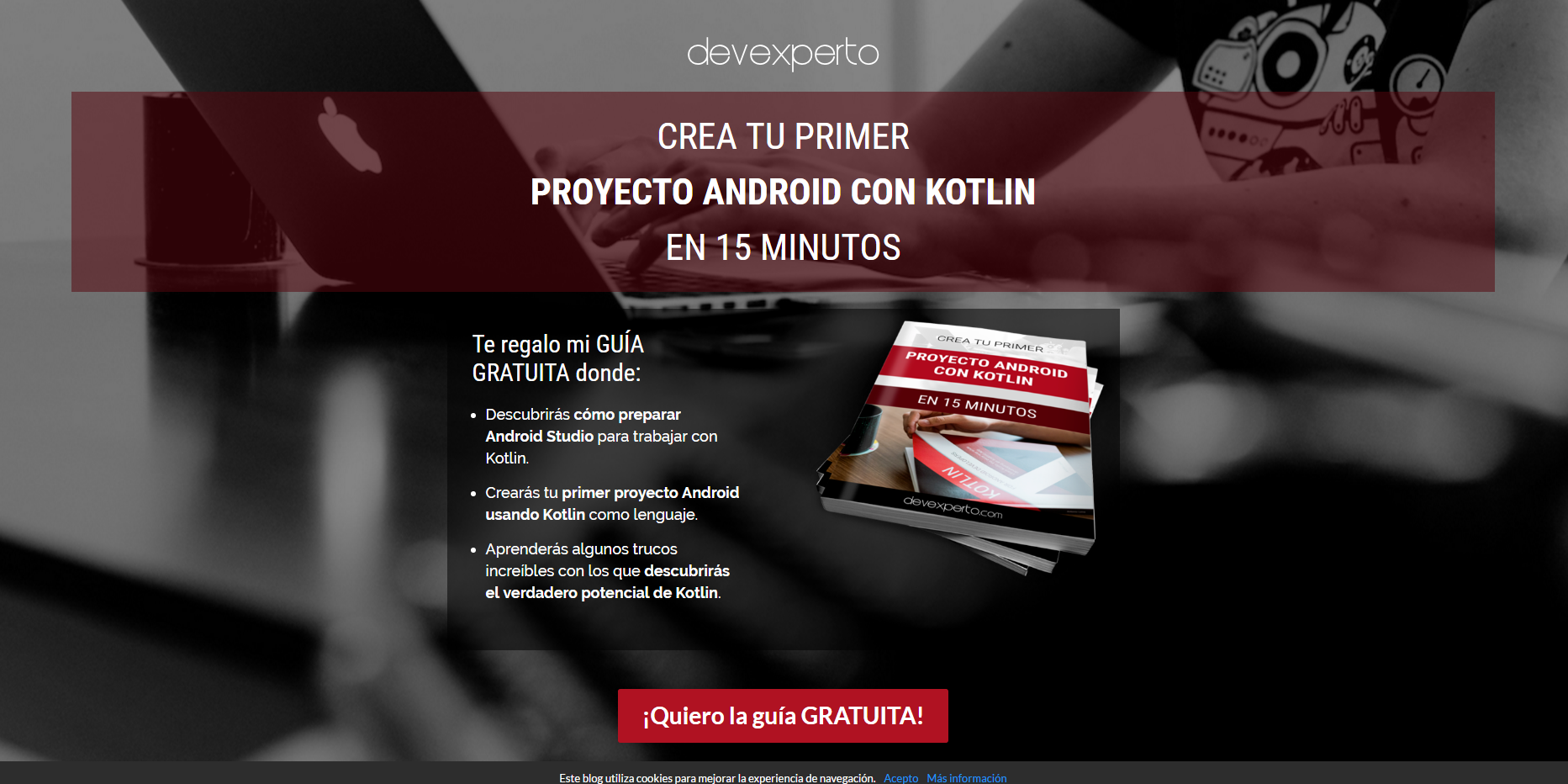
- As much as possible, do not use pop-ups as they divert attention and can prevent your visitors from converting.
- Make your site mobile responsive (or mobile friendly). If you want to know if your page is friendly enough, you can use this Google tool.
- Finally, be sure to ask a designer about your site. If it shrinks or makes a funny face, it’s a bad sign.
6. Make your landing page fast
And this can be extrapolated in general, for any website you have. The faster the better (always within the possibilities). How many times have you been to a page that has something you want but takes ages to load? In fact, according to a study by KISSmetrics, “73% of mobile users say they have encountered pages that were too slow.” This means that even if you do everything right but your website doesn’t load…. “Game Over”.
According to the Google Adwords best practices page, if it takes a long time to load your page when someone clicks on your ad, they will most likely end up leaving your site. This behavior can signal to google that your landing page experience is poor, which will negatively affect your ad ranking. Taking into account the same study mentioned above, “a delay of 1 second in the response of a website can mean 7% less conversions”.
Twitter’s website loads in less than a second and is faster than 94% of websites.
In short, increasing your page performance according to Google Adwords is not easy. Improving your site by making it relevant, writing for your visitors, focusing on one thing only, making it reliable while having a modern and fast design takes a lot of work. But there is no doubt that these optimizations will help you improve your quality levels and lower your Adwords costs. And they will help your business go to the next level.
Ready? Let’s go for it!
